中国书法,作为日本文化中一项重要的艺术形式,其历史可以追溯到古代中国。它不仅是一种艺术表达方式,更是一种文化传承和哲学思考的体现。日本书法家们通过使用毛笔和墨水,在宣纸上进行创作,追求笔画的流畅、结构和布局的和谐。,,日本书法分为“假名”和“汉字”两种,其中假名书法更注重笔画的细腻和墨色的变化,而汉字书法则更注重字形的结构和笔画的美感。在创作过程中,日本书法家们注重心境的平和与专注,通过书法来达到心灵的净化和自我修养。,,日本书法不仅在日本国内广受欢迎,也在国际上得到了越来越多的关注和认可。它不仅是一种艺术形式,更是一种文化交流的桥梁,让世界各地的人们了解和欣赏到日本文化的独特魅力。
In the vast expanse of cultural treasures that China has bestowed upon the world, Chinese calligraphy stands as a unique and timeless art form, intertwining the essence of ancient philosophy, aesthetics, and personal expression. It is not merely the art of writing with a brush on paper; it is a profound practice that embodies the spirit of the Chinese people, their reverence for nature, and their quest for harmony between man and the universe. This article delves into the intricate world of Chinese calligraphy, exploring its history, techniques, styles, and significance in contemporary society.
The Historical Roots of Chinese Calligraphy
Chinese calligraphy can be traced back to the Shang Dynasty (c. 1600-1046 BCE), where early forms of inscriptions on oracle bones and bronze wares reveal the earliest known examples of this art. These early scripts, known as zhuan-shu (seal script), were characterized by their square forms and uniform strokes, reflecting the social and religious importance of communication at that time. As time progressed, calligraphic styles evolved, incorporating more fluid and expressive forms such as gu-shu (official script), chao-shu (clerical script), and finally, kaishu (regular script), which emerged during the Han Dynasty (206 BCE - 220 CE).
The Tang Dynasty (618-907 CE) marked a golden age for Chinese calligraphy, with figures like Ouyang Xun, Yan Zhenqing, and Huai Su engaging in what was then a highly respected and refined art form. Their works not only showcased technical mastery but also conveyed a deep philosophical understanding of nature and the human condition. The Tang period saw the development of four major styles: Liang Mi (Liang Kai's style), Yu Shu (Yu Shou's style), Kou Shu (Kou Yan's style), and Cao Shu (Cao Wei's style), each with its unique characteristics and aesthetic appeal.
Techniques and Tools of Chinese Calligraphy
At its core, Chinese calligraphy is a practice that requires a delicate balance between the physical act of writing and the mental state of the practitioner. The primary tool is the brush (shu), a flexible bamboo or animal hair-tipped instrument that imparts a unique texture to each stroke. The choice of ink (mo) and paper (zhi) is also crucial; high-quality materials like silk, rice paper, or specially prepared bamboo paper enhance the visual experience.
The process involves several steps: preparing the brush by soaking it in water to soften the hairs, dipping it into ink, and then applying pressure, speed, and direction to create varying line thicknesses and textures. The art lies not just in the execution but also in the planning and contemplation before each stroke is made. Calligraphers often employ a combination of standing, sitting, or kneeling positions to find the most comfortable stance for long sessions of writing.
Styles of Chinese Calligraphy
Chinese calligraphy can be categorized into six primary styles based on their structural characteristics and historical development:
1、Zhuan Shu (Seal Script): The most formal style, characterized by square or rectangular forms with thick and thin strokes. It is often used for official documents or inscriptions on seals.
2、Gu Shu (Official Script): More fluid than seal script, it was used for official documents during the Han Dynasty. Its strokes are curved and flowing, yet maintain a sense of balance and harmony.
3、Chao Shu (Clerical Script): Developed during the Jin Dynasty (265-420 CE), this style is even more fluid and casual than official script, suitable for everyday correspondence.
4、Kaishu (Regular Script): Emerged during the Tang Dynasty, it is the most commonly used style today. It combines elegance with simplicity, making it ideal for both practical use and artistic expression.
5、Cursive Script (Liu Shu): A free-flowing style that originated in the Ming Dynasty (1368-1644 CE), it is characterized by its rapid and continuous strokes, ideal for expressing emotions and personalities.
6、Seal Script Variants: Including Xing Shu (running seal script) and Yanzhuan Shu (half-seal script), these styles further explore the possibilities of seal script while maintaining its structural integrity.
Philosophical Underpinnings
Beyond its technical prowess, Chinese calligraphy is deeply rooted in Chinese philosophy, particularly Taoism and Confucianism. The art reflects a harmony with nature, where each stroke is seen as an expression of the flow of qi (life energy) or the Tao (the path or ultimate reality). Calligraphers strive for a balance between yin (feminine, receptive) and yang (masculine, active) elements in their work, mirroring the natural world's dynamic equilibrium. This pursuit of harmony is not just aesthetic but also spiritual; it encourages self-reflection, meditation, and a deep connection with one's inner self and the universe at large.
Contemporary Significance
In contemporary times, Chinese calligraphy has not only retained its status as a traditional art form but has also evolved to embrace new media and techniques while maintaining its core principles. It is practiced not only by professional artists but also by enthusiasts from all walks of life who find solace in its meditative qualities or seek to express themselves through this ancient language. Calligraphy workshops, exhibitions, and online platforms have made this art more accessible to a global audience, fostering cross-cultural understanding and appreciation.
Moreover, calligraphy continues to play an important role in China's cultural diplomacy. As China's soft power grows globally, its unique art forms serve as bridges between nations, promoting mutual respect and appreciation for different cultures. Calligraphy has even been incorporated into UNESCO's Representative List of the Intangible Cultural Heritage of Humanity, recognizing its significance as a living tradition that enriches our collective cultural heritage.
In conclusion, Chinese calligraphy is not just a visual art but a holistic practice that embodies the essence of Chinese culture—its philosophy

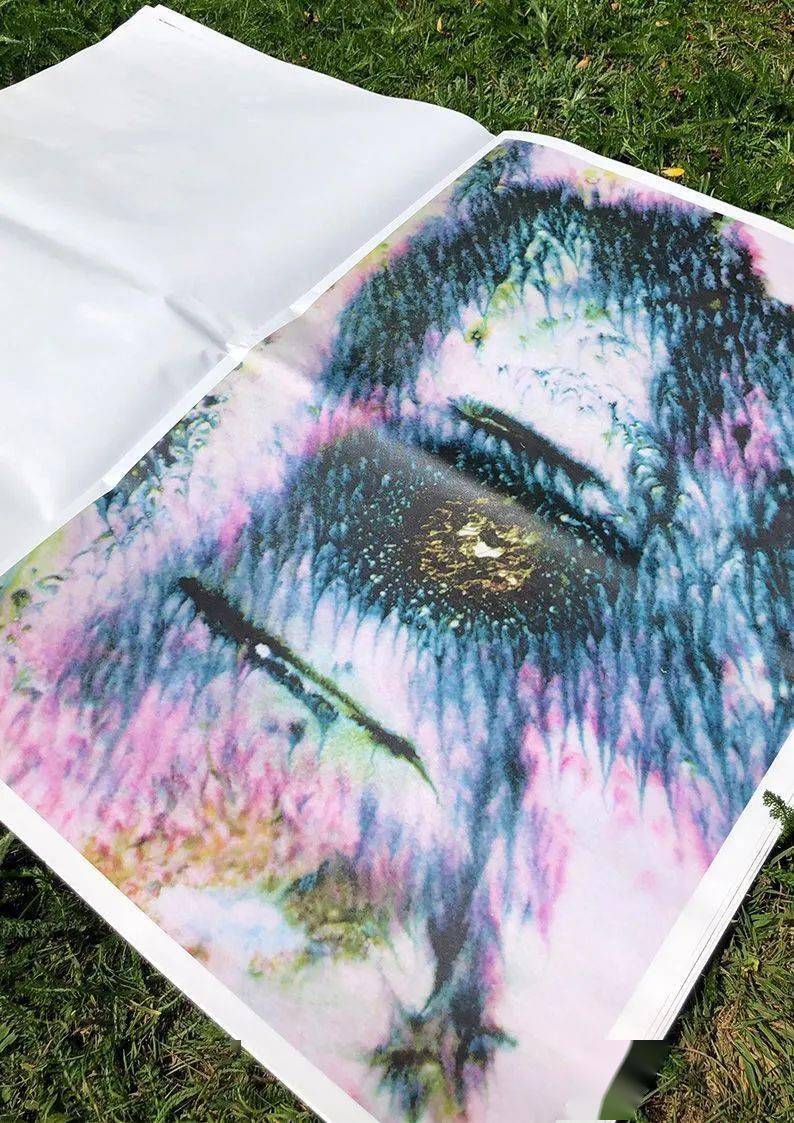

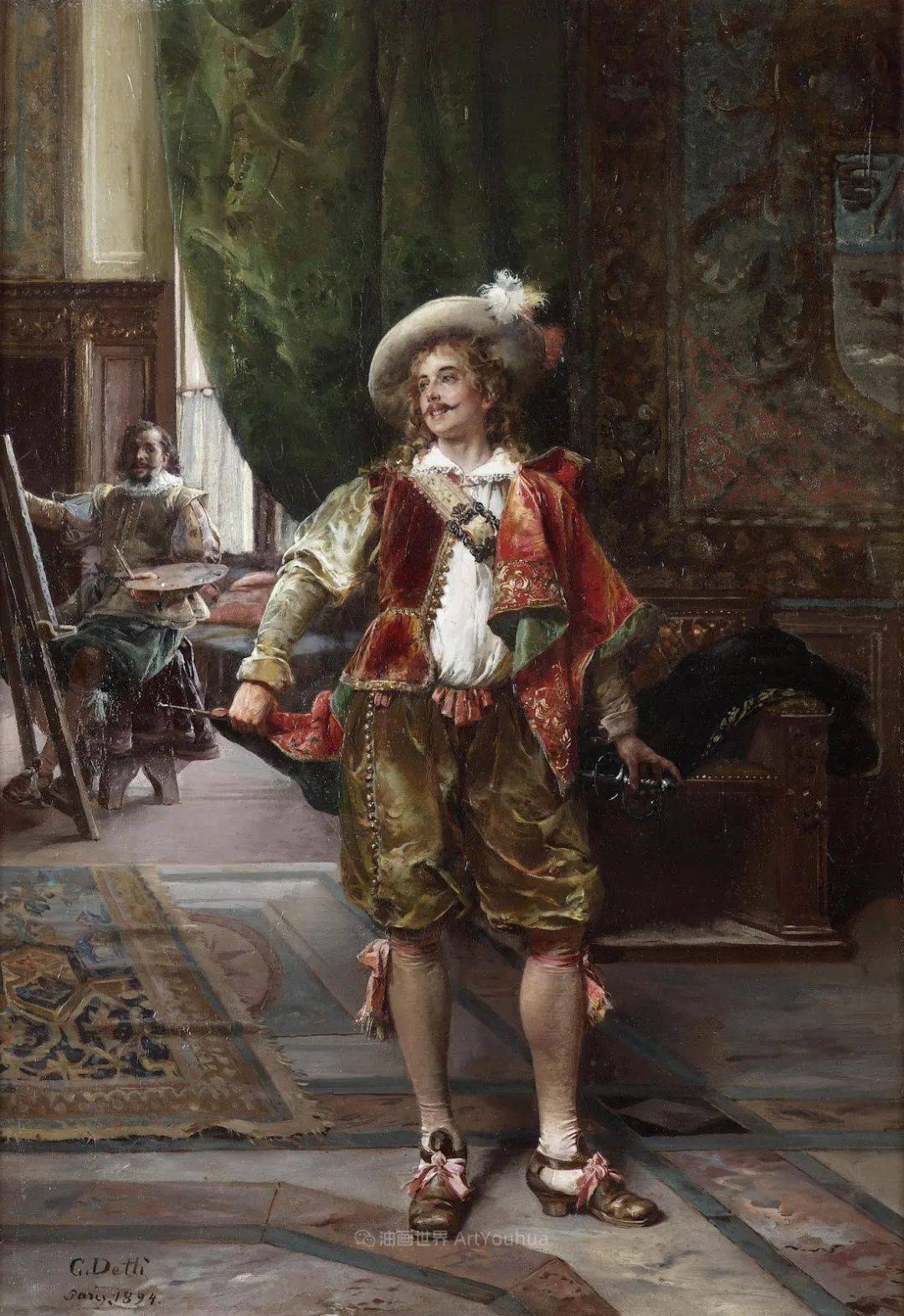
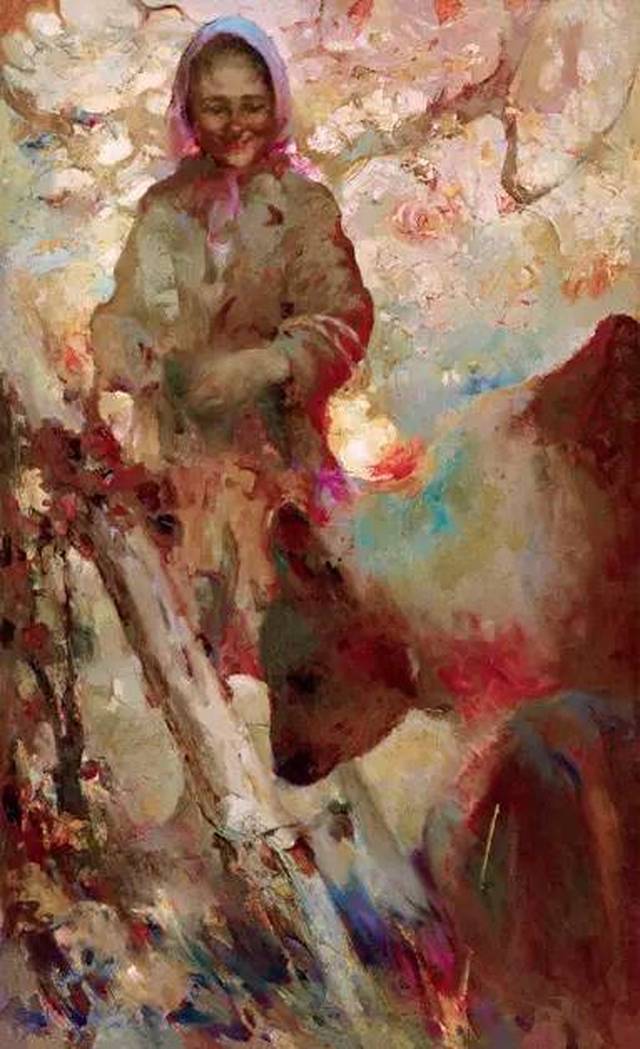
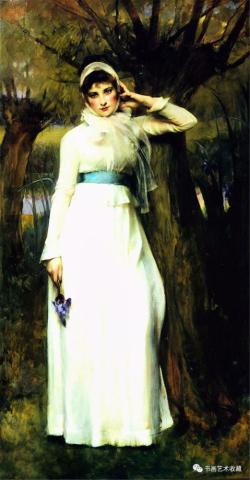
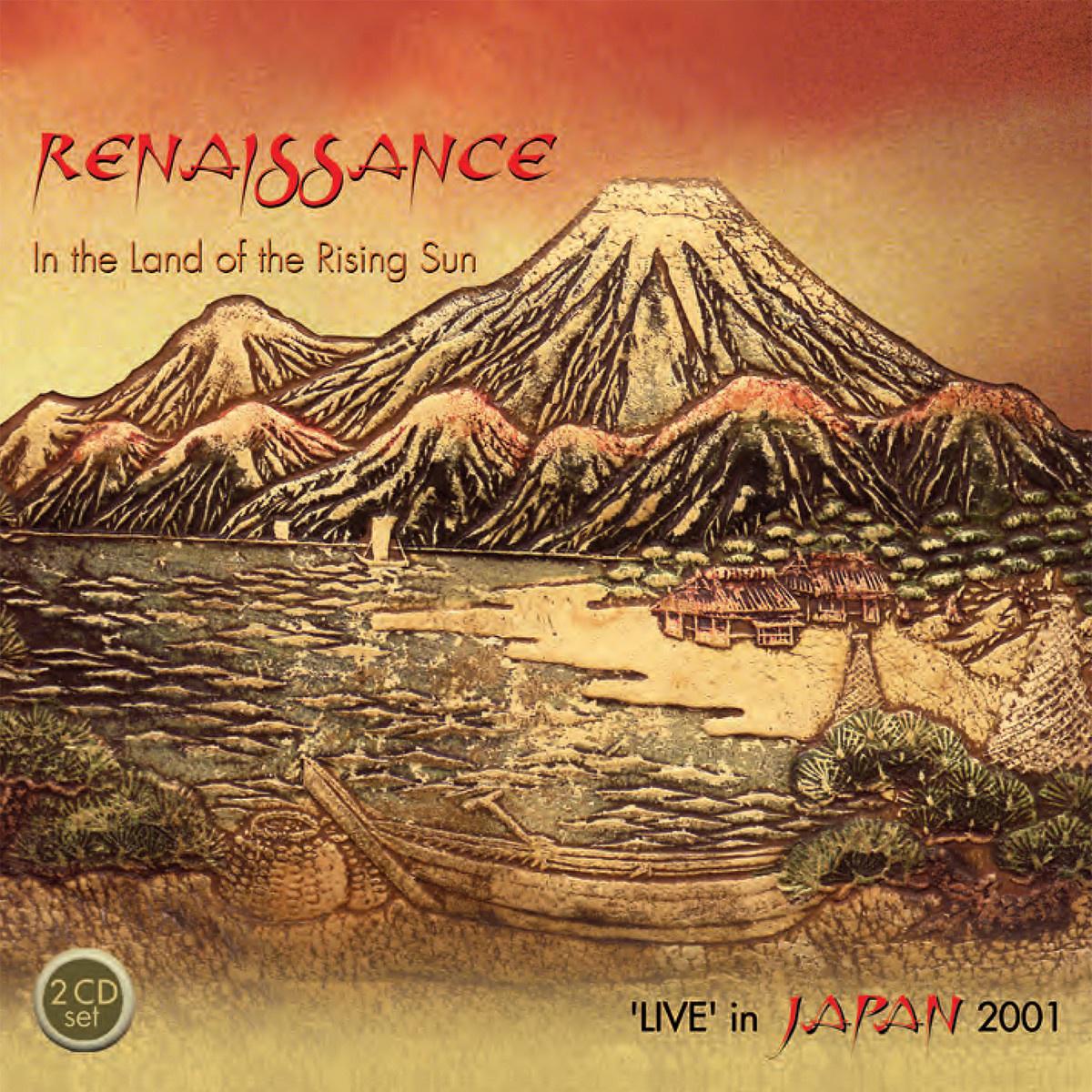

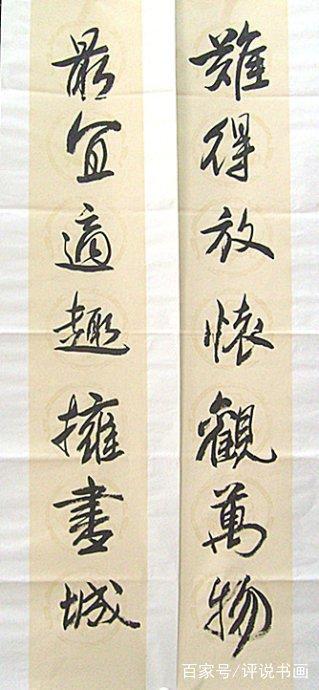

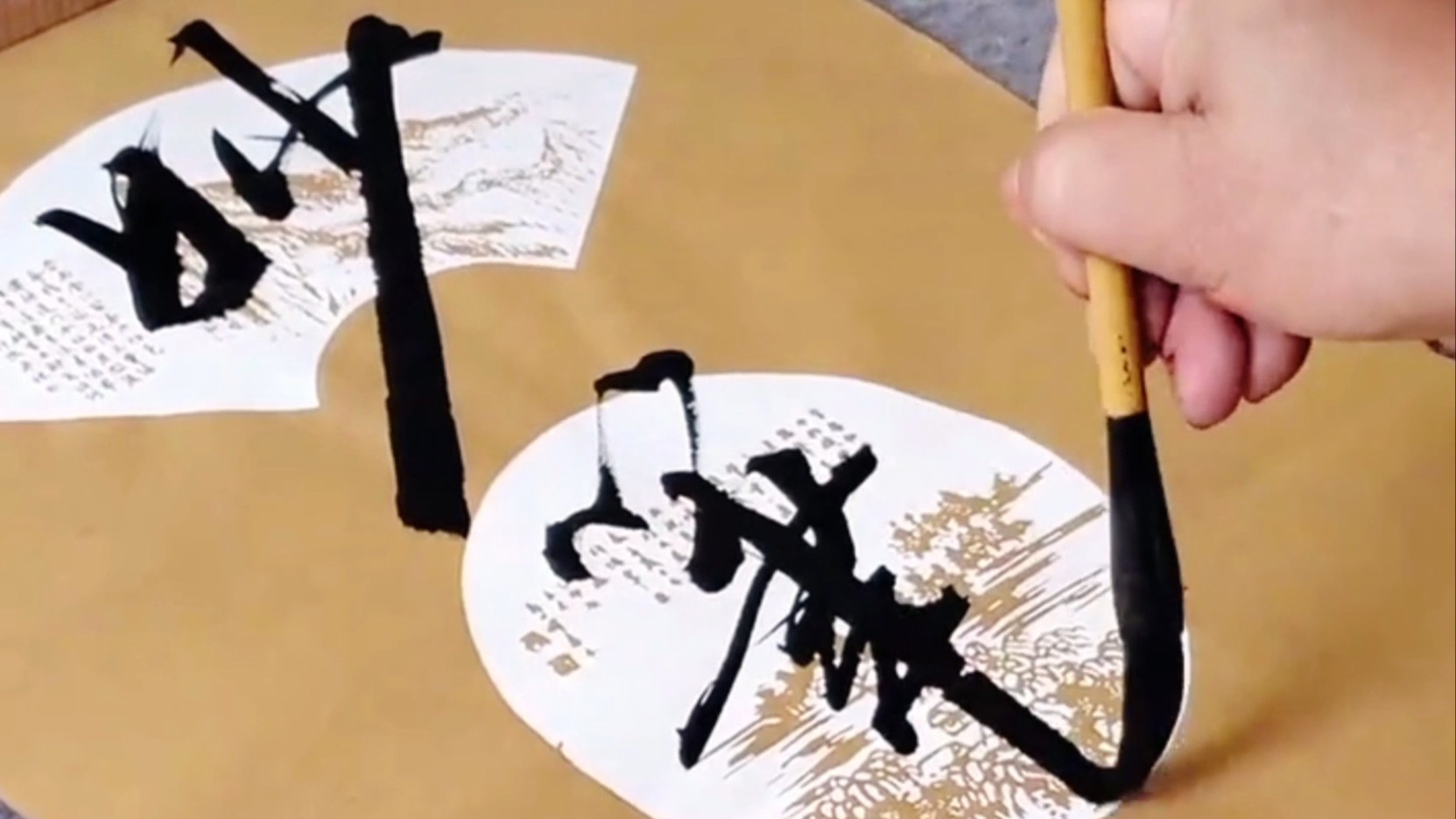
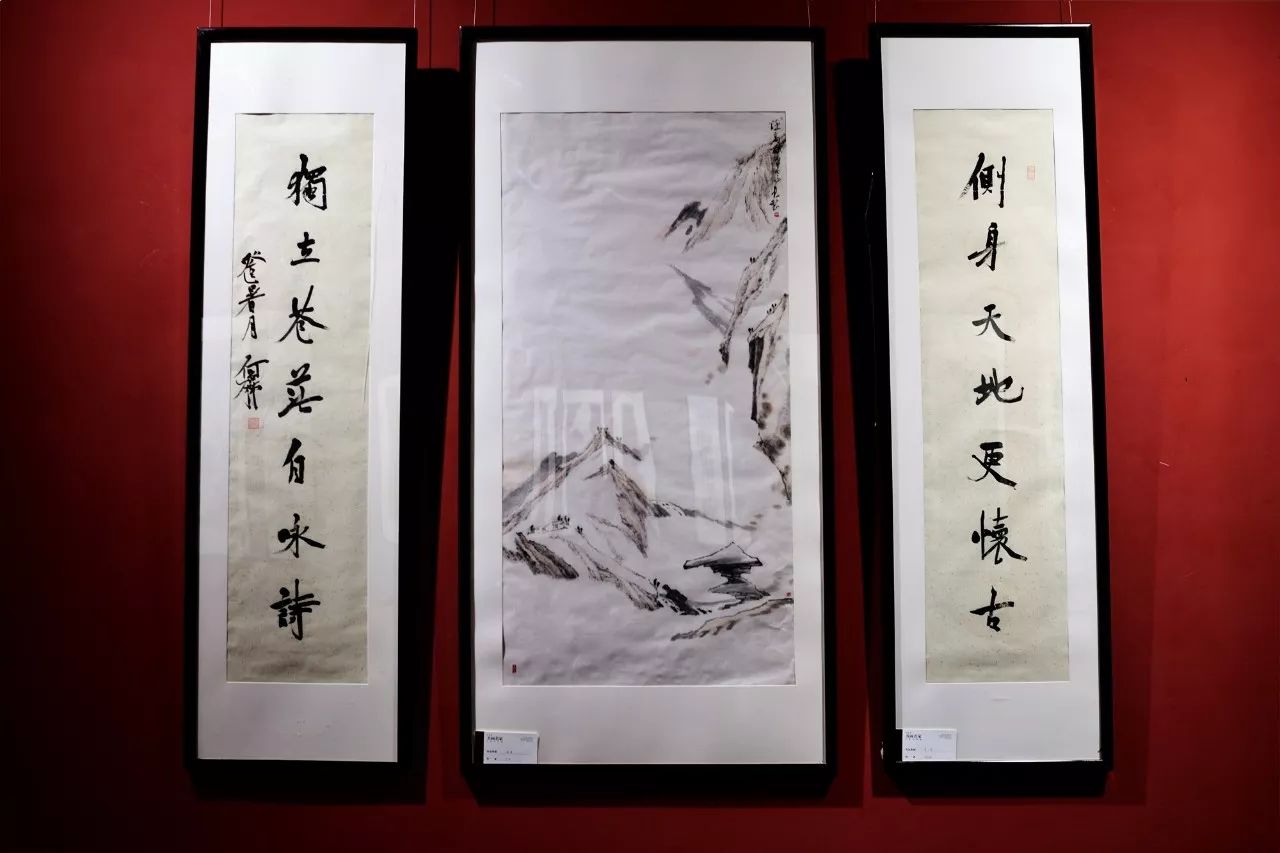

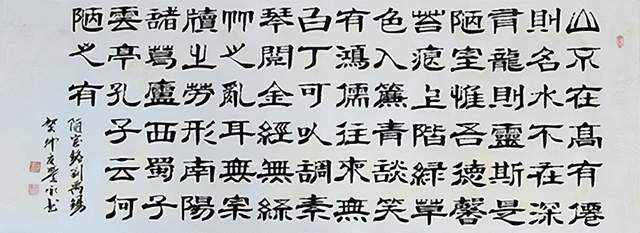
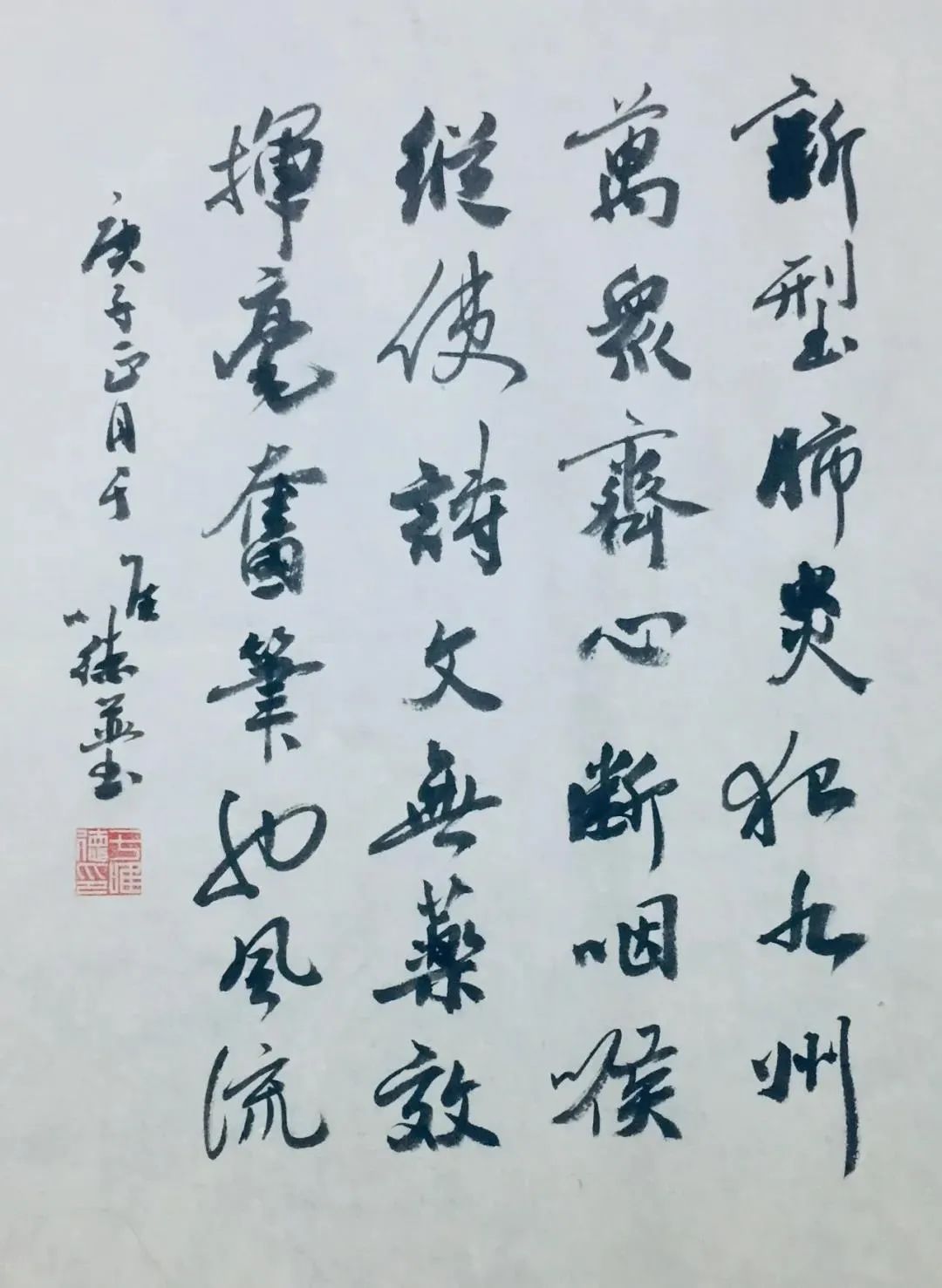

 京公网安备11000000000001号
京公网安备11000000000001号 京ICP备11000001号
京ICP备11000001号
还没有评论,来说两句吧...